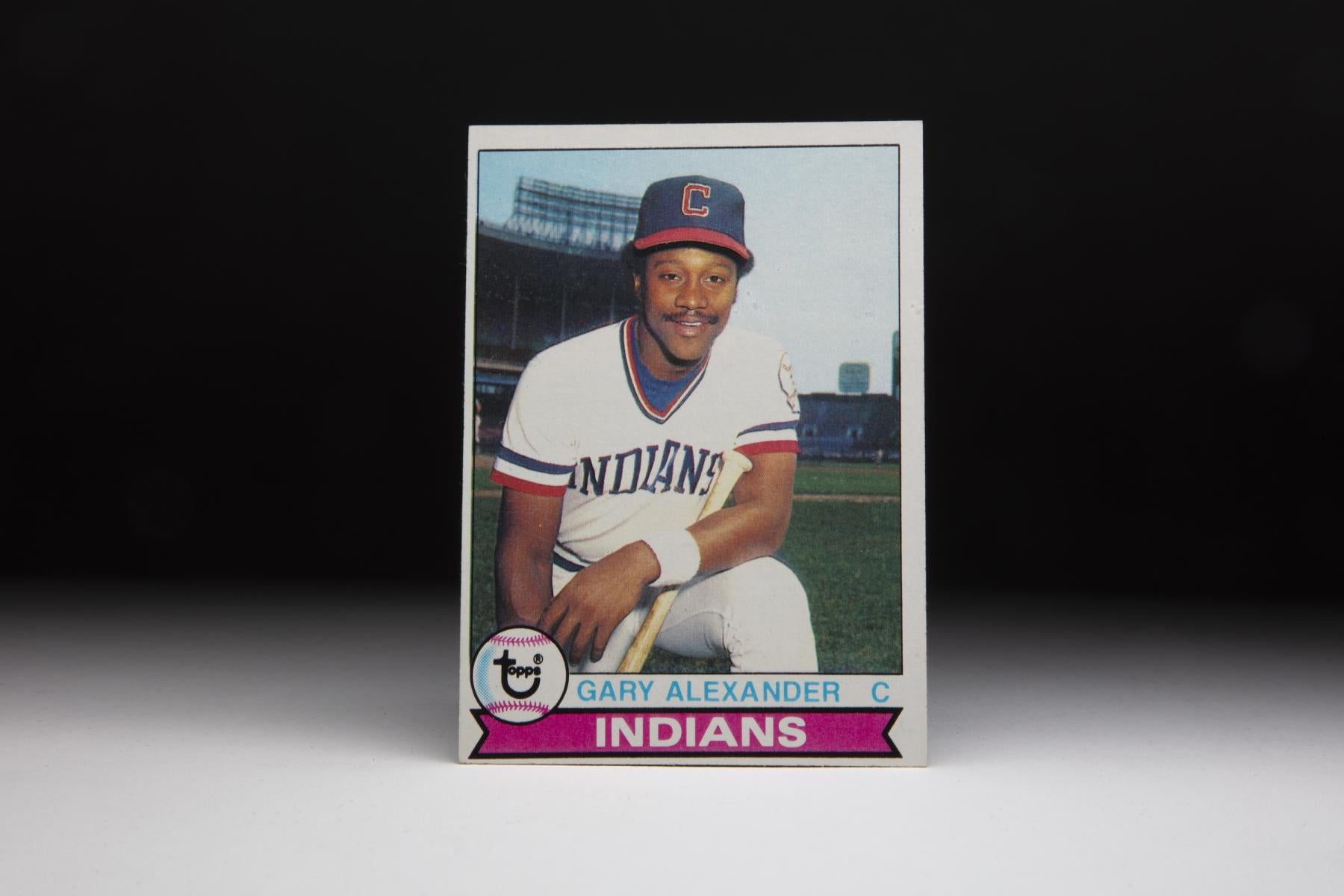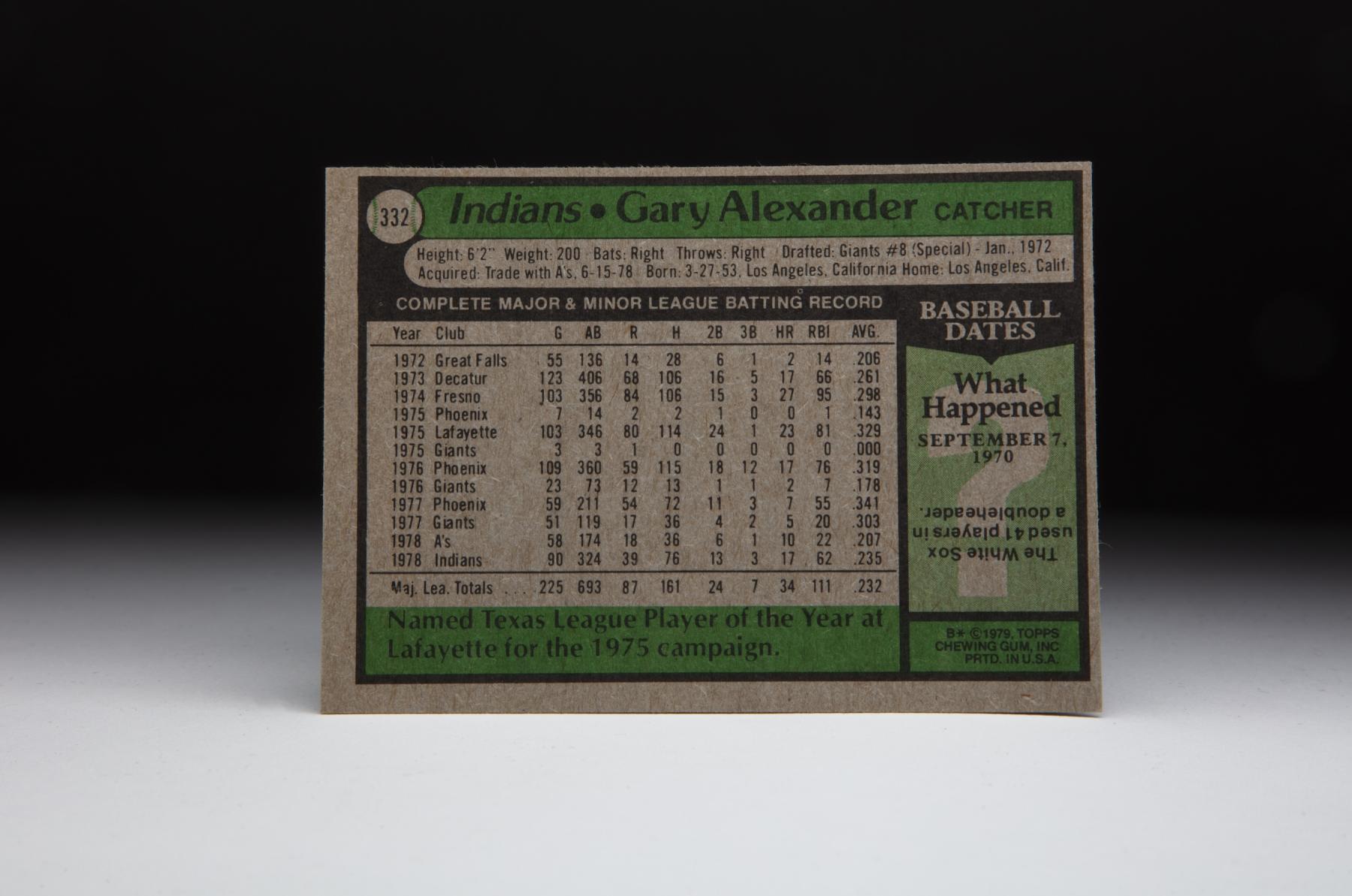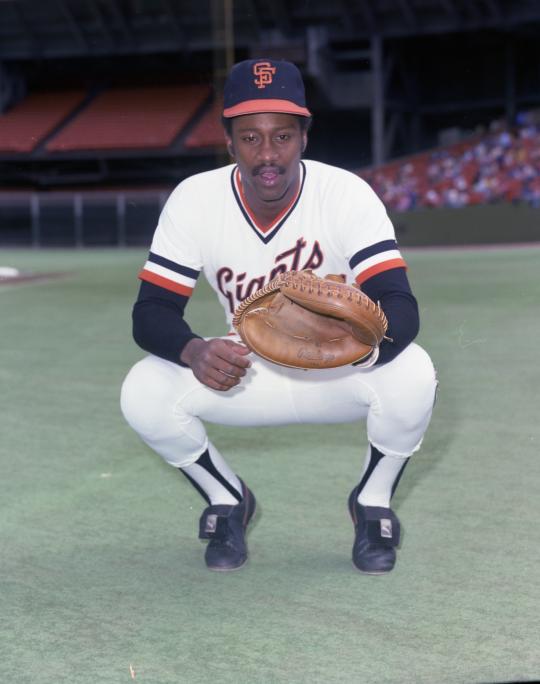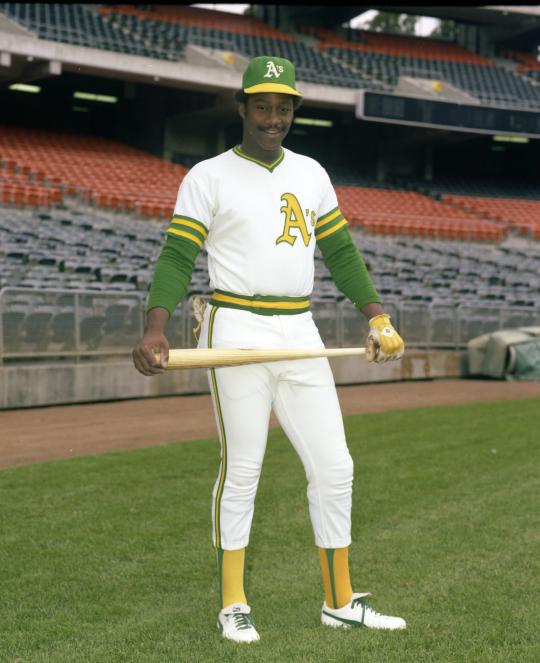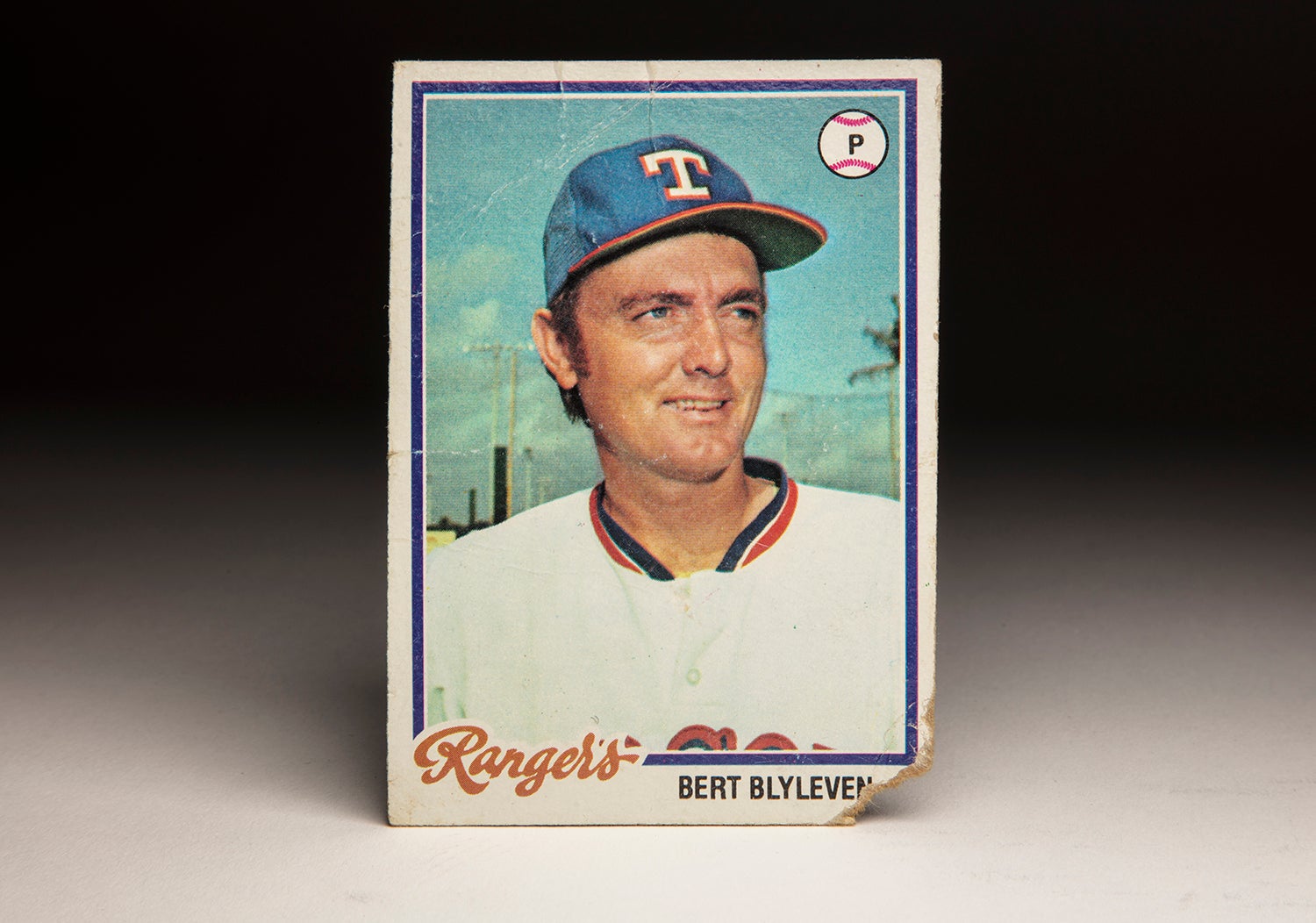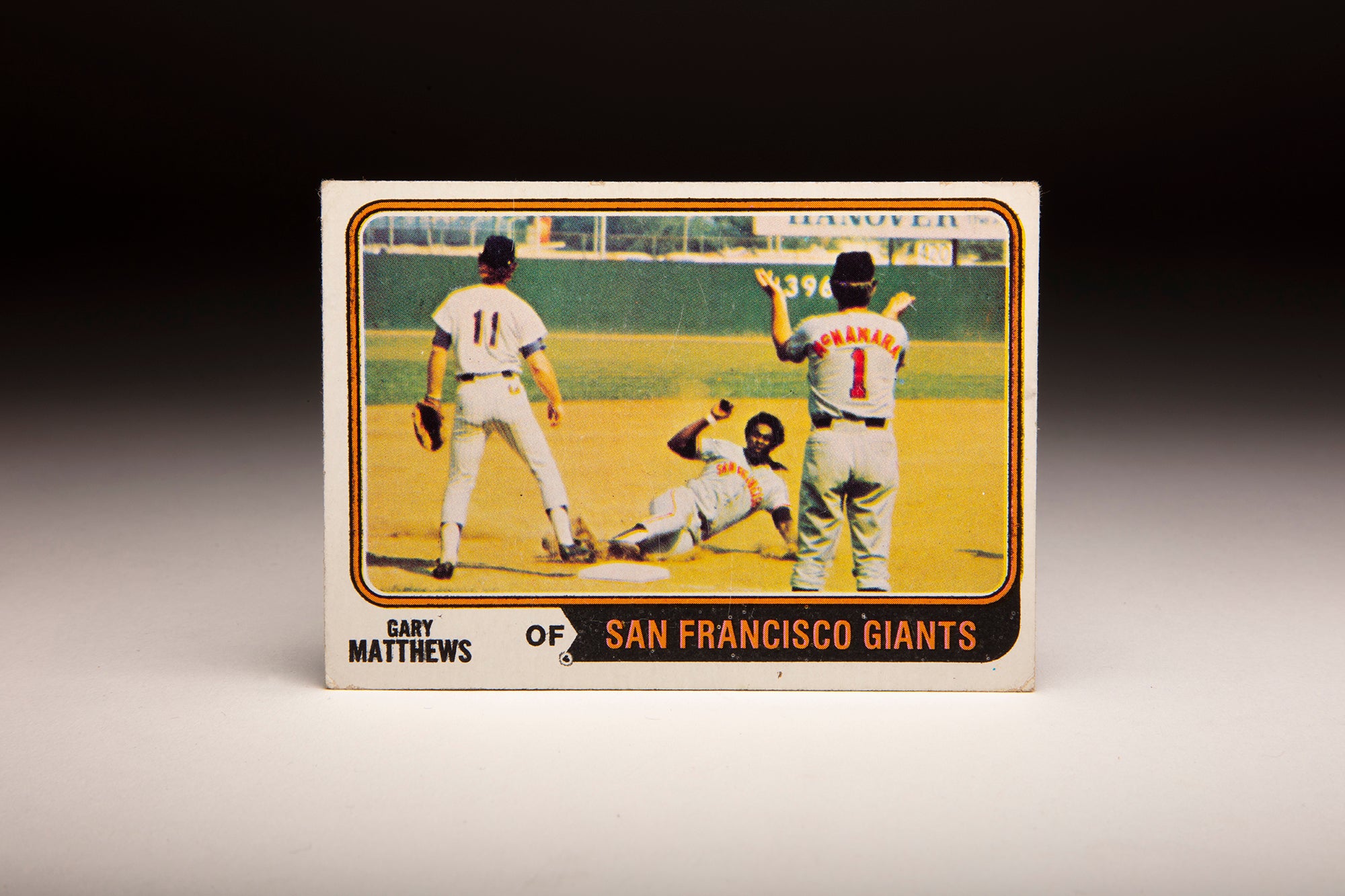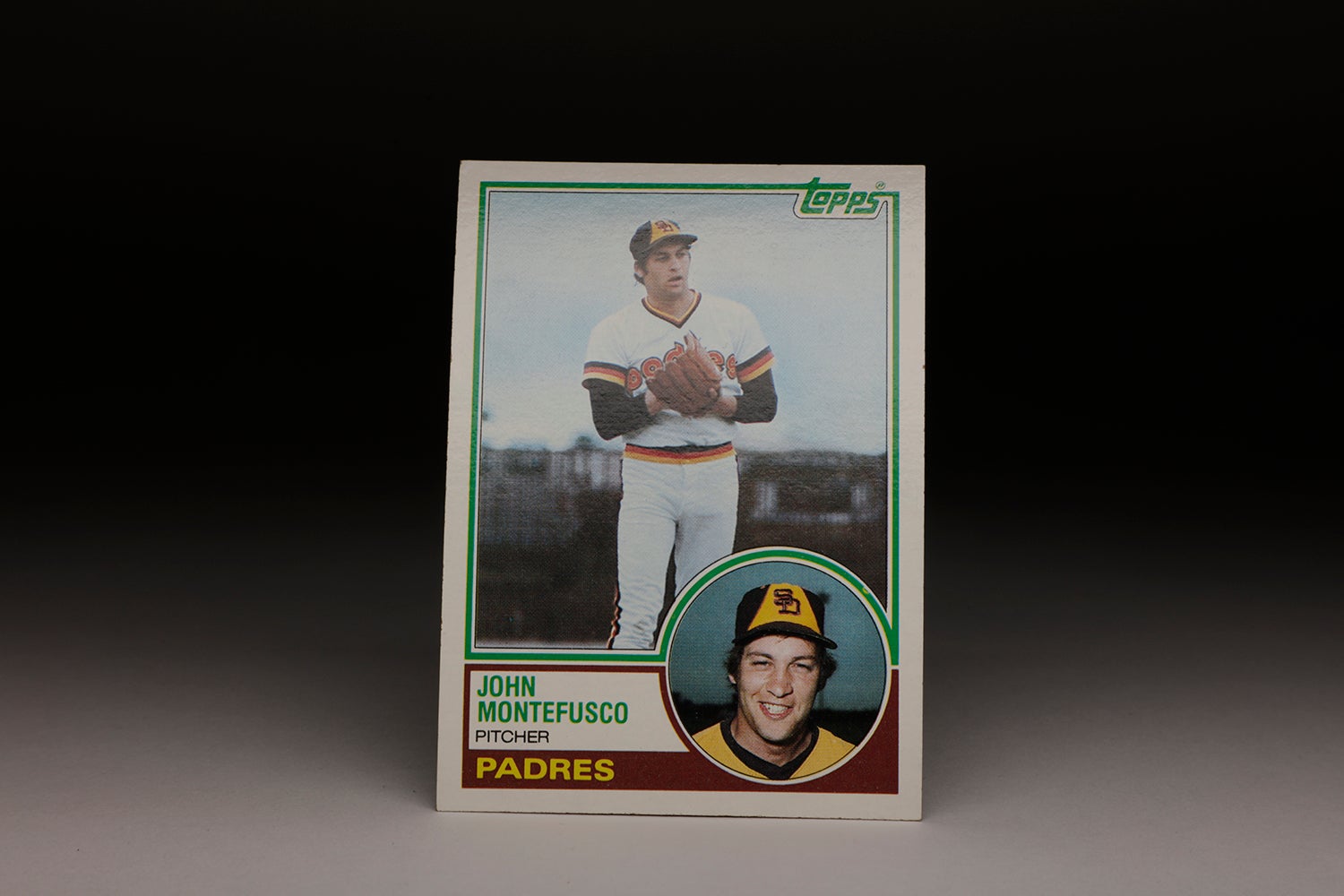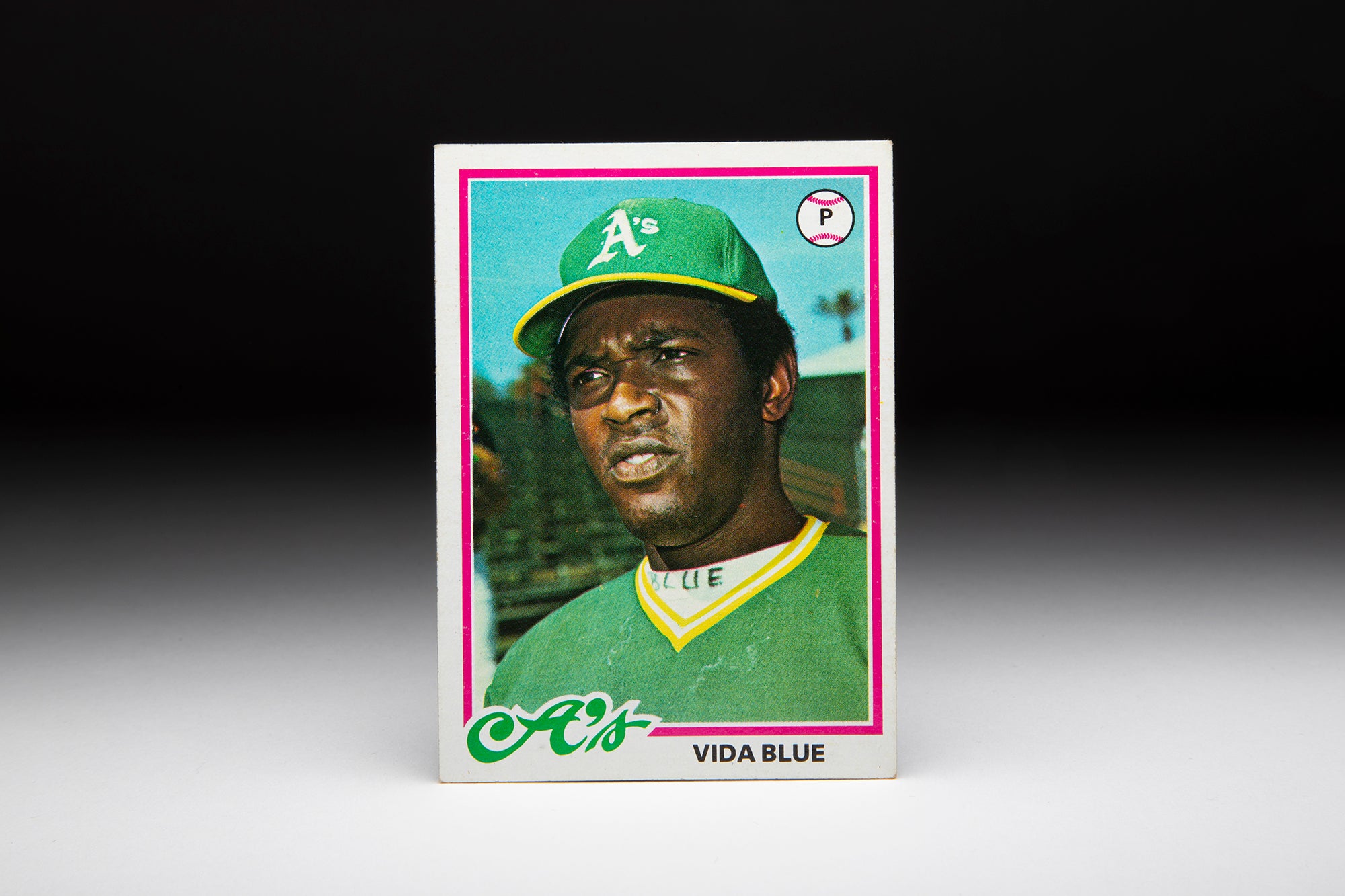#CardCorner: 1979 Topps Gary Alexander
He was once the main return for one of the most coveted trade pieces of his era, and later was part of a deal that brought back a future Hall of Fame pitcher.
Gary Alexander never fulfilled the promise that seemed to be his destiny. But for a short time, Alexander was thought to be one of the best hitting catching prospects the game had seen.
Born March 27, 1953, in Los Angeles, Gary Wayne Alexander starred for Locke High School in Los Angeles and was selected by the Expos in the 23rd round of the 1971 MLB Draft. He chose to delay pro ball and enrolled at Los Angeles Harbor College, and in the first month of 1972 Alexander was taken by the Giants in the second round of the MLB January Draft for college players.
Alexander soon signed and was sent to Great Falls of the Pioneer League that year, where he hit .206 in 55 games. But after moving up to Class A Decatur of the Midwest League in 1973, Alexander established himself as a top prospect by hitting .261 with 17 homers, 66 RBI and 89 walks in 123 games – virtually all of which came as an outfielder.
He was even better in 1974 with Class A Fresno, hitting .298 with 27 homers and 95 RBI in 103 games as the organization began to transition him to catcher. The Giants brought Alexander to their big league camp in the spring of 1975, then sent him to Double-A Lafayette of the Texas League, where he hit .330 with 23 homers and 81 RBI – eventually earning a spot on the Topps Double-A All-Star team – before a quick stop a Triple-A Phoenix.
On Sept. 12, Alexander made his debut with the Giants, drawing a walk as a pinch hitter against Fred Norman of the Reds and later scoring on a Gary Matthews single. He appeared in two more games that month, then was the talk of Spring Training in 1976 before he was sent to Triple-A Phoenix among the Giants’ last cuts.
Despite missing time with a split finger on his throwing hand, Alexander hit .319 with 17 homers and 76 RBI in 109 games for Phoenix before being called up to San Francisco in September when the rosters expanded. Manager Bill Rigney, who announced near the end of the season that he would resign after the last game, put Alexander in the lineup as the starting catcher and kept him there – and Alexander hit .178 with two home runs in 23 games.
Alexander caught John Montefusco’s no-hitter on Sept. 29, 1976, against the Braves, and the Giants often paired Montefusco and Alexander when Alexander returned to the big leagues midway through the 1977 campaign – after Alexander once again crushed the ball in Phoenix, batting .341 with 55 RBI and a .452 on-base percentage in 59 games.
“Alexander has logged so many miles on the basepaths lately,” Phoenix manager Rocky Bridges told the Arizona Republic, “that Phoenix Transit is thinking about using him for their poster boy.”
Alexander’s batting average had fallen to .207 at the time of the trade, and he had only hit two more runs since his hot start.
“You always have to be thinking ‘trade’ with this team,” Alexander told the Boston Globe after learning that he was dealt in the seventh inning of a game against Boston that day and actually grounding out as a pinch-hitter in the ninth after the deal had already been consummated. “I walked through the (clubhouse) door (after the game) and they told me (owner Charlie Finley) wanted to talk to me on the phone. So there it was. I knew it was happening. I just didn’t know where.
“I’m just so glad. I’m going to play every day in Cleveland.”
The Indians already had young catchers Bo Díaz and Ron Hassey but manager Jeff Torborg wasted no time putting Alexander in the lineup behind the plate. Alexander embraced the move.
“I made two long throws from right field to home plate,” Alexander said in the spring of 1979. “We were playing the Cincinnati Reds and I was trying to throw out Joe Morgan at home plate. I felt something pop on the first throw. On the second one, I had nothing.
“Now, you’d never know I had any problem. I’m even swinging the bat as good as ever, even better.”
Many pundits predicted the Indians would field an explosive offense in 1979 with Bobby Bonds and Toby Harrah joining Alexander and Andre Thornton in what looked to be a powerful lineup. But while many of his teammates lived up to expectations, Alexander struggled – especially defensively, where he committed 18 errors and threw out only 24 percent of runners attempting to steal.
Cleveland manager Jeff Torborg was replaced by Dave Garcia in July, and Garcia began platooning the right-handed hitting Alexander with the lefty-swinging Hassey.
Alexander finished the season batting .229 with 15 homers, 54 RBI and 100 strikeouts in 110 games.
“I had a bad streak at one point, they called up Hassey and started platooning me,” Alexander told the Akron Beacon Journal. “It’s been a hassle ever since. I hope I don’t have to see this place next year.”
He finished his seven-year big league career with 55 home runs in 432 games – hitting almost half of those in one season in Cleveland where he traded strikeouts for power in a deal that was ahead of its time.
“Bob Sudyk (a writer for the Cleveland Press) called me the ‘GAS man’ for ‘Gary Alexander Strikeouts,’” Alexander said in the spring of 1979. “It bothered me for a while, but I got used to it.”
Craig Muder is the director of communications for the National Baseball Hall of Fame and Museum

